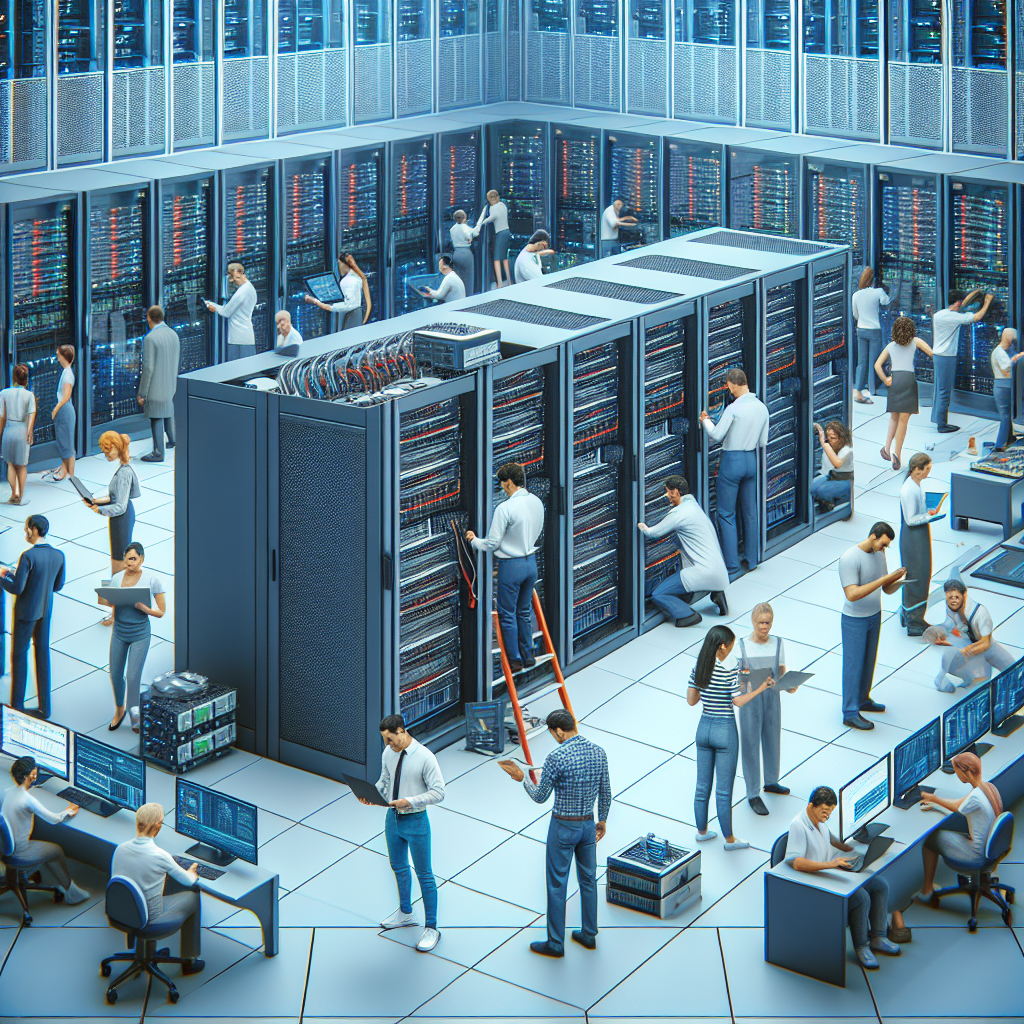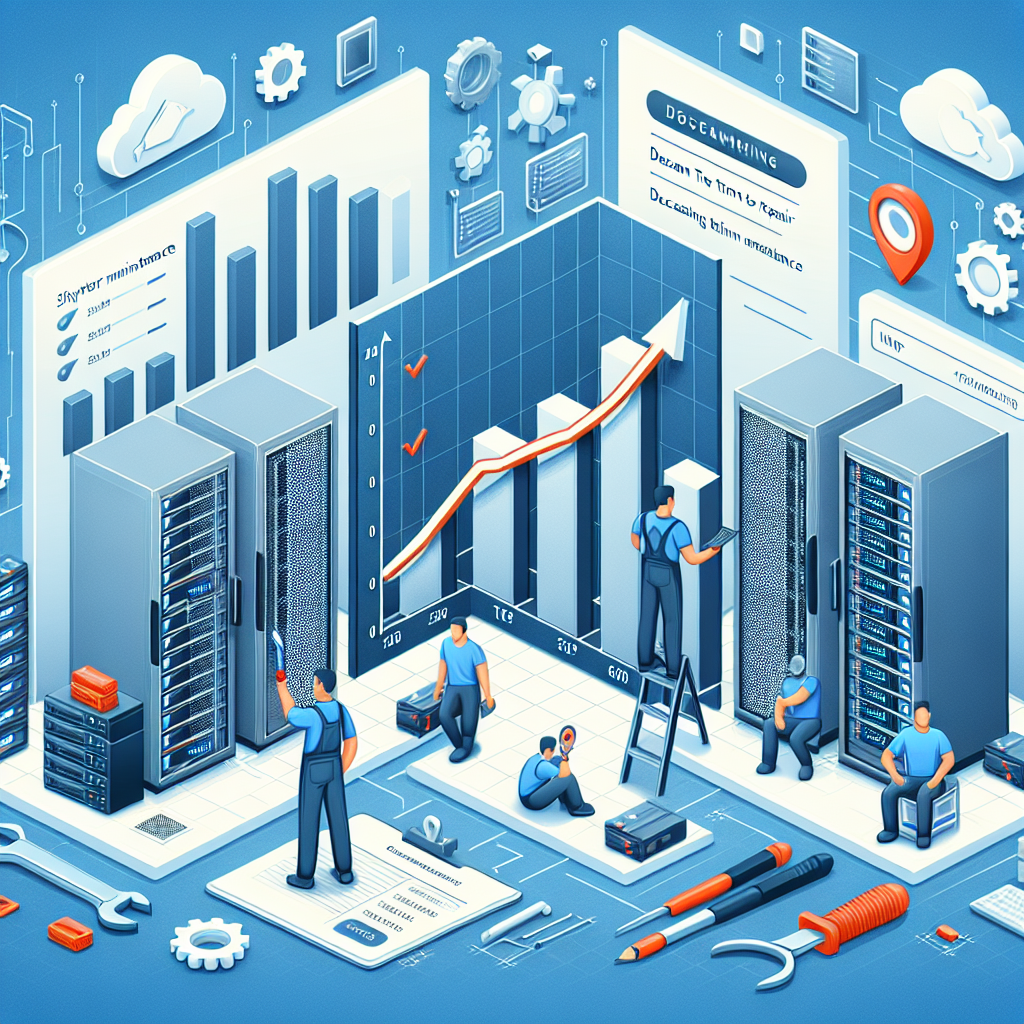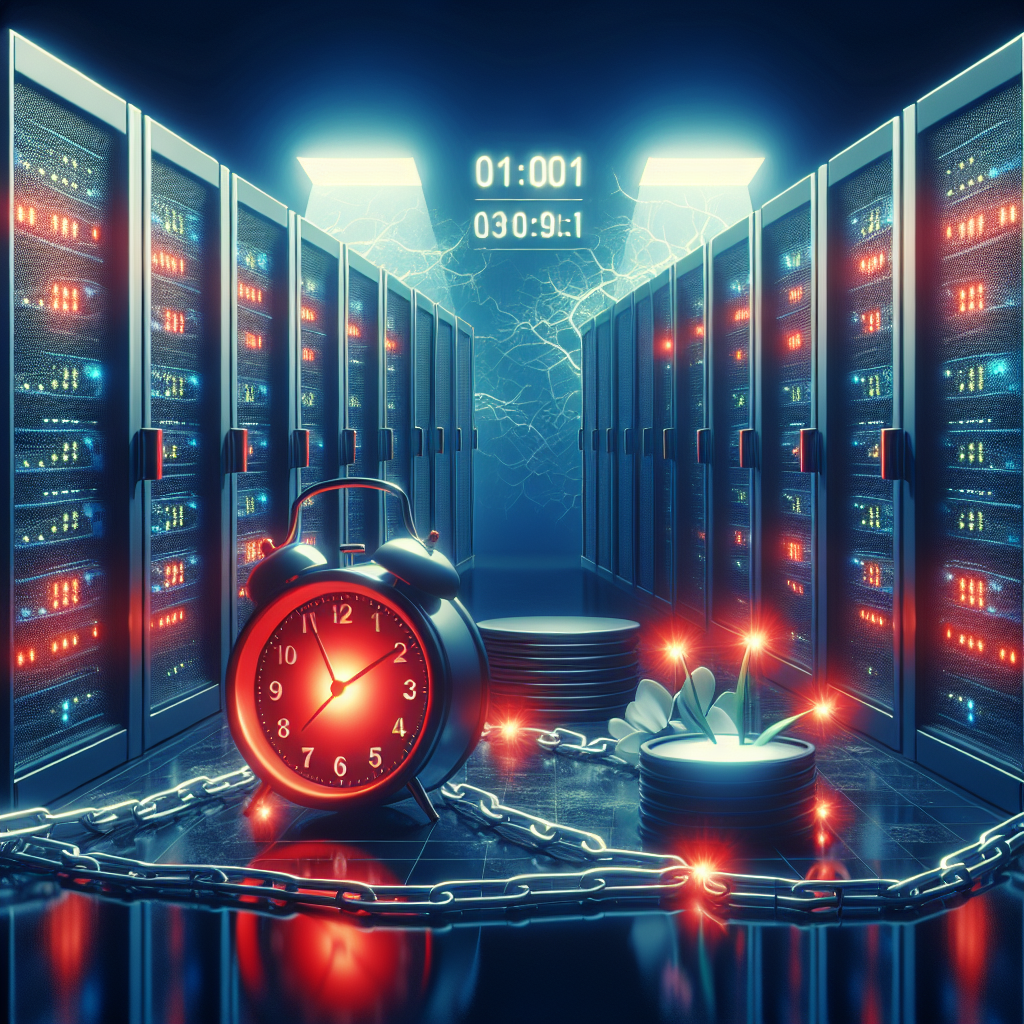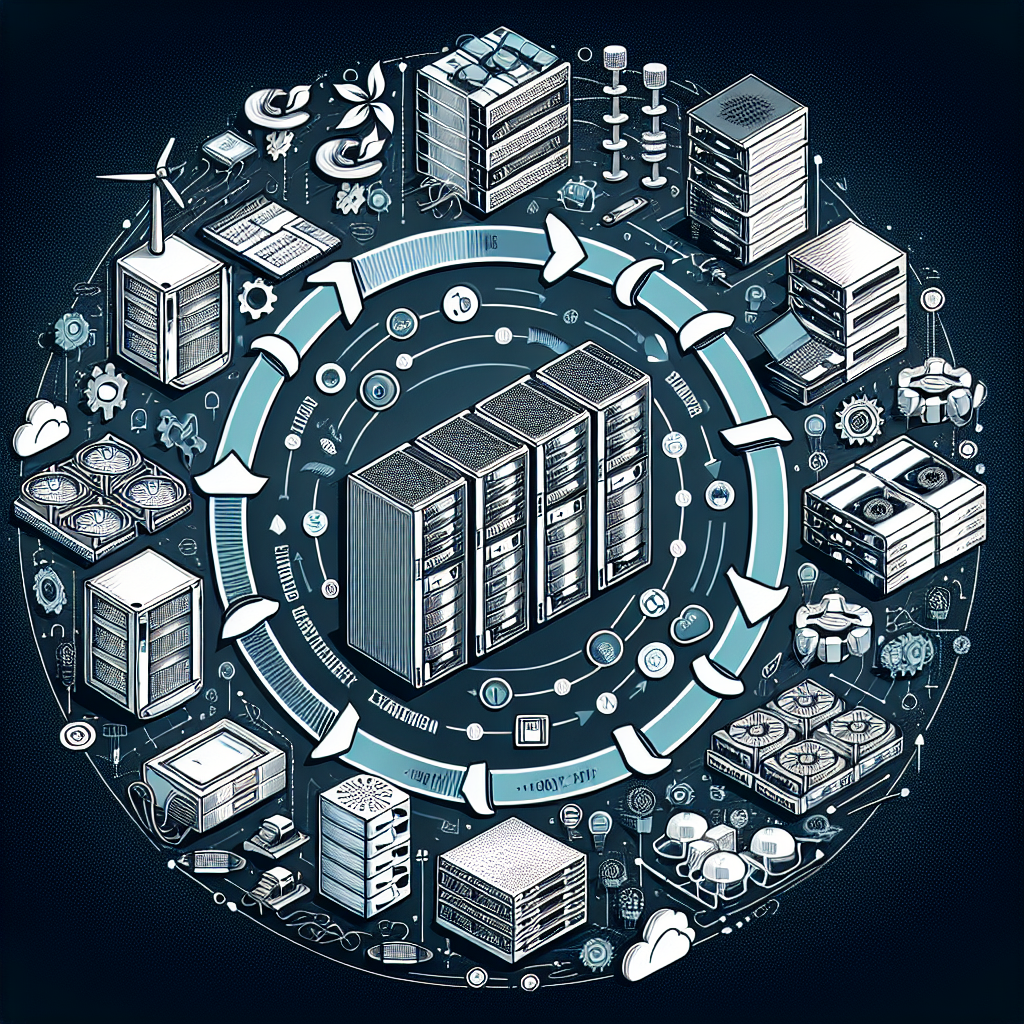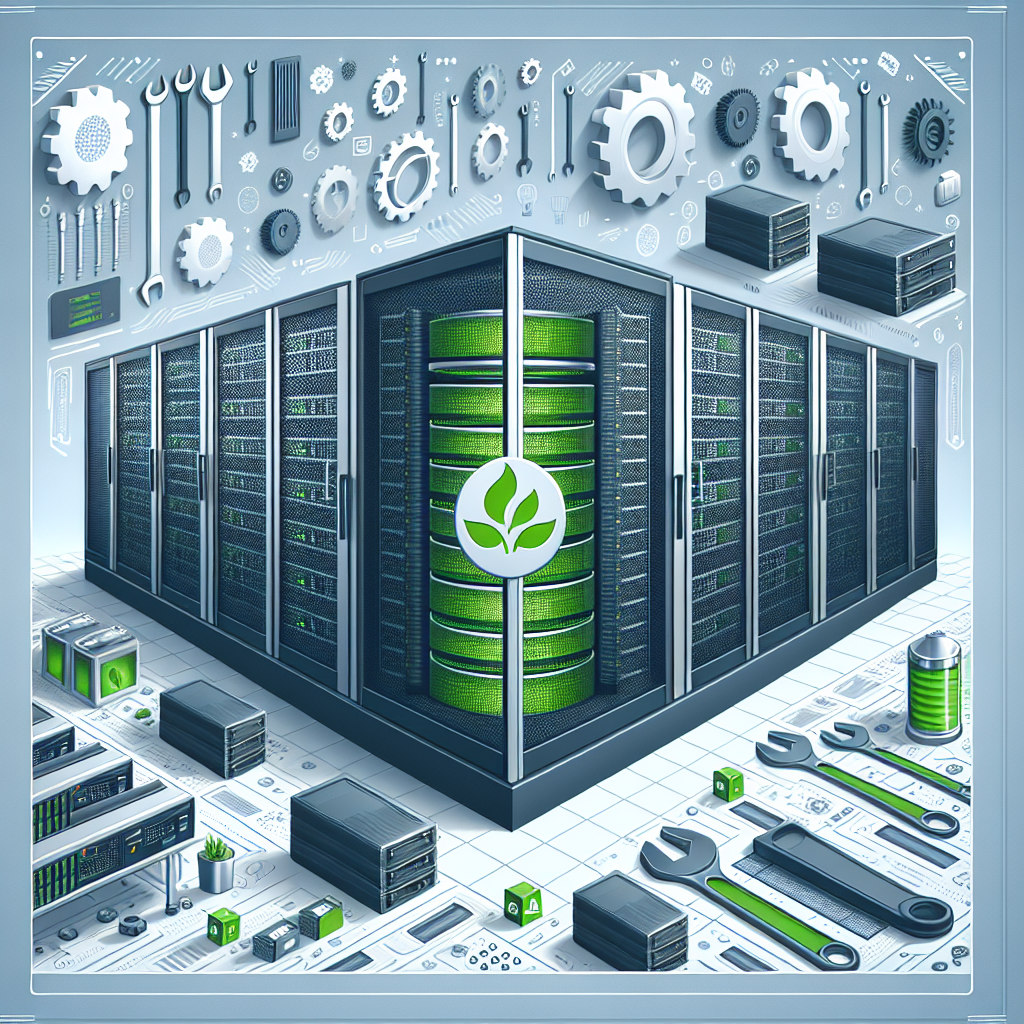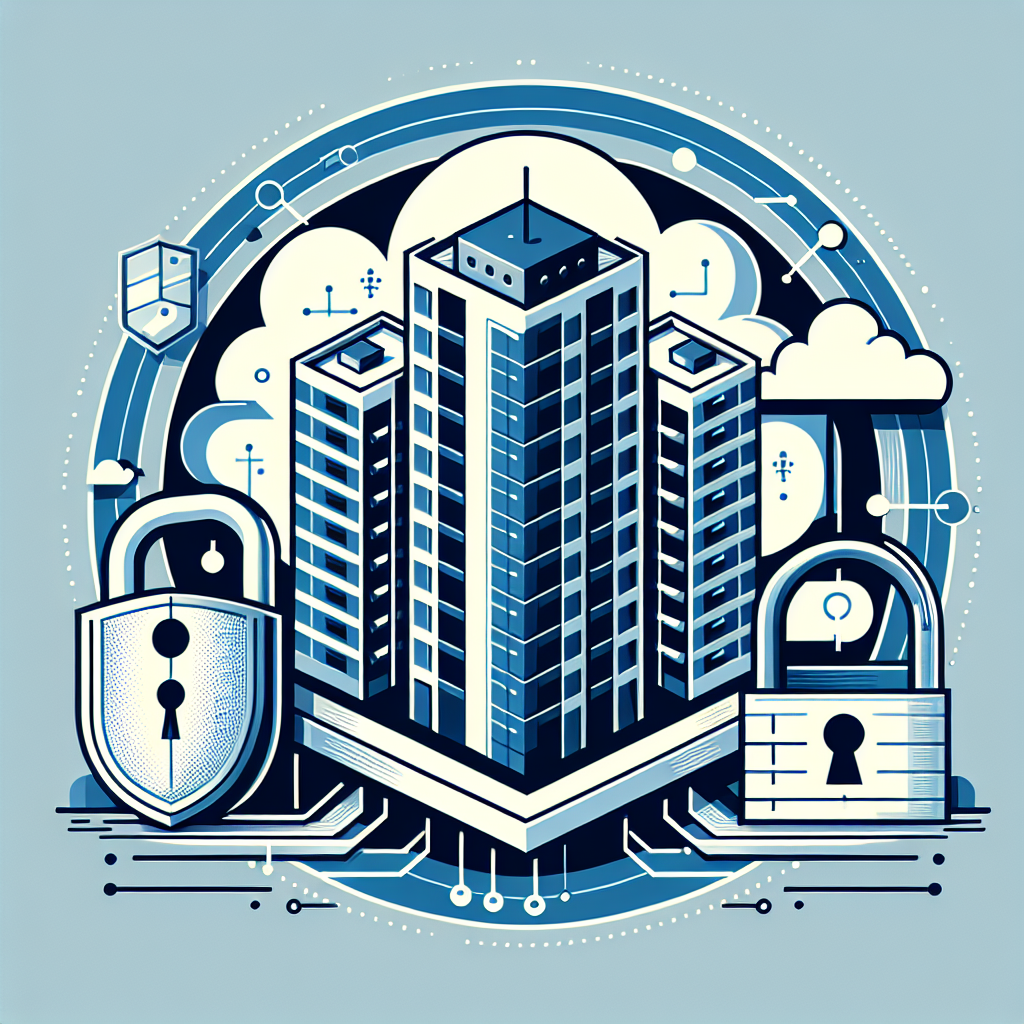Data centers are the backbone of modern businesses, housing critical IT infrastructure and storing vast amounts of data. As such, it is crucial for data center managers to ensure their facilities are running efficiently to avoid downtime and costly disruptions. One way to achieve this is through regular maintenance and upkeep of the data center.
Here are some tips for ensuring data center efficiency through maintenance:
1. Regularly inspect and clean equipment: Dust and dirt can accumulate on servers, cooling systems, and other equipment, which can hinder their performance and lead to overheating. Regularly inspecting and cleaning equipment can help prevent these issues and ensure that they are operating at optimal levels.
2. Monitor temperature and humidity levels: Data centers require precise temperature and humidity levels to keep equipment running smoothly. Monitoring these levels regularly and making adjustments as needed can help prevent overheating and reduce the risk of equipment failure.
3. Check for signs of wear and tear: Over time, equipment in the data center can become worn out or damaged. Regularly inspecting equipment for signs of wear and tear, such as frayed cables or loose connections, can help identify potential issues before they cause problems.
4. Update software and firmware: Keeping software and firmware up to date is essential for ensuring the security and performance of the data center. Regularly updating software and firmware can help prevent security vulnerabilities and ensure that equipment is running efficiently.
5. Implement a proactive maintenance schedule: Instead of waiting for equipment to fail before taking action, data center managers should implement a proactive maintenance schedule. This can include regular inspections, cleaning, and testing of equipment to identify and address potential issues before they become major problems.
6. Invest in energy-efficient equipment: Upgrading to energy-efficient equipment can help reduce energy consumption and lower operating costs in the data center. Investing in energy-efficient servers, cooling systems, and other equipment can help improve overall efficiency and sustainability.
7. Train staff on proper maintenance procedures: Proper maintenance of the data center requires knowledgeable and skilled staff. Providing training on proper maintenance procedures can help ensure that equipment is being cared for correctly and that potential issues are being addressed in a timely manner.
By following these tips for ensuring data center efficiency through maintenance, data center managers can help prevent downtime, reduce costs, and ensure that their facilities are running at peak performance. Regular maintenance and upkeep are essential for keeping data centers running smoothly and effectively supporting the needs of modern businesses.
